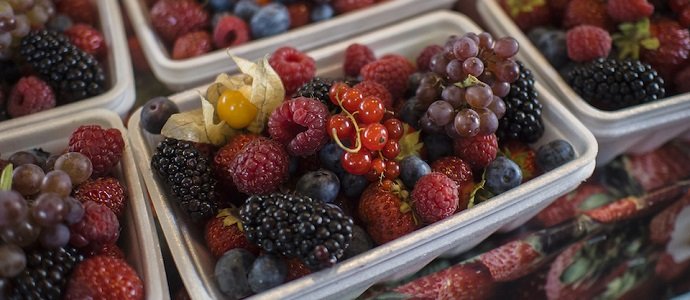
10 OTHER BERRIES TO BE AWARE OF
Since arriving in the temperate climate, I’ve been so excited about the idea of growing berries that I’ve been compiling lists of what—besides the common stuff—I might want to grow. We all know strawberry, blueberry, blackberry, raspberry, and Chuck Berry (i.e., “Johnny B. Goode”), but these are other berries that we can and should consider including in the garden.
Some of them are delightfully tasty, some of them mystically nutritious, and all of them are viable, perennial options for temperate permaculture food forests and polyculture gardens. In this collection, you’ll find things that improve the pantry, improve your health, and improve your disposition (Berries make some great wine).
In a word, there is a lot of fun to be had in the berry game, and there are a lot of niches for berries to fill in a design. Even with strawberries, blueberries, and the rest of the headliners, there is great diversity to be enjoyed, but the other berries open up entire new worlds. Some are sprawling trees. Some are great thorny hedges, suitable for natural fencing. Some are voracious, productive groundcovers.
TREES
Productive trees are the crème de la crème of permaculture design, and while this often comes in terms of nitrogen-fixing legumes, stone fruit, hard fruit, and nut trees, berry trees certainly have their own spot in the conglomeration.

Mulberry trees are a permaculture favorite. Not only do they provide an abundance of berries, but the leaves are also edible and—for the adventurous producers—can be used to rear silkworms for silk production or fish food. Mulberries are beloved for being quick growers for chop-and-drop mulch, heavy producers for food, pest distractors, and hardy plants for growing in any soil and many climates.
…click on the above link to read the rest of the article…